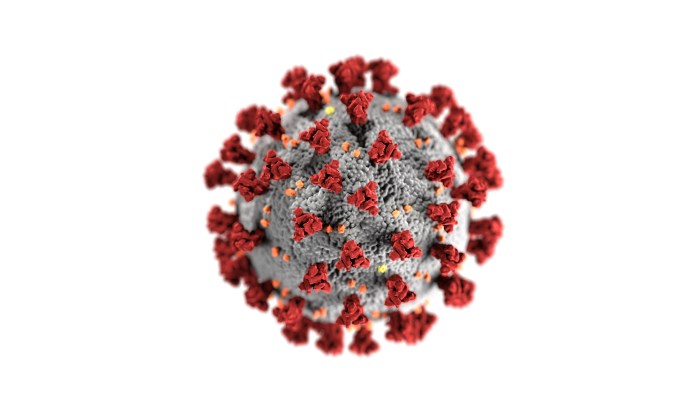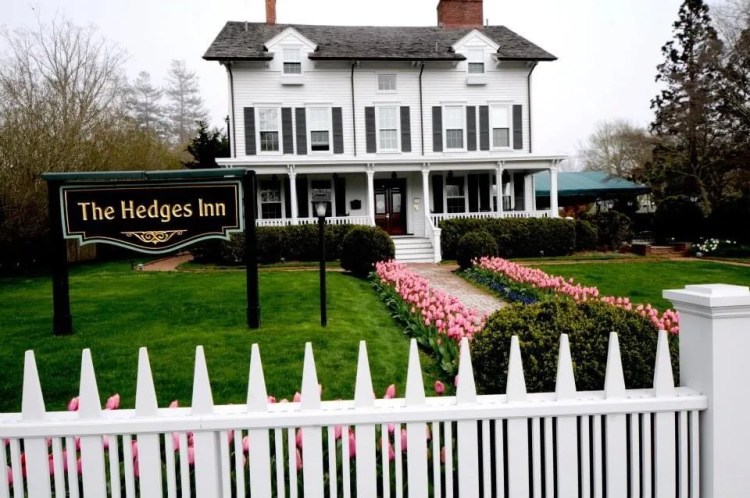Billions of dollars in unused funds remained in the Paycheck Protection Program for forgivable loans when the deadline ran out on June 30. Now it looks like companies will get more time.
After easing the terms under which Paycheck Protection Program loans could be forgiven, Congress has extended the deadline through Aug. 8. This will create new opportunities for forgivable loans to businesses that can either be turned into grants or paid back at rock-bottom interest rates of 1 percent.
The approvals, which came as PPP sunset on June 30, should mean a new sunrise for a program that went into effect in April. A single vote in the U.S. House of Representatives could have ended the program, which required unanimous consent due to the lack of time before Congress adjourned. In a Congress where disagreement is usually the order of the day, this passed both houses in a matter of days.
The decision answers a $129 billion question, the amount of funding still left in the program administered by the U.S. Small Business Administration: Yes, companies will get additional chances to apply for the funding, provided that President Donald Trump signs the bill, as expected.
PPP is part of the $2 trillion Coronavirus Aid, Relief and Economic Security or CARES Act, which uses the SBA’s 7(a) small business lending program to fund forgivable loans up to $10 million.
The SBA even before the June 30 initial deadline had approved more than 4.8 million loans valued at $520 billion, according to the Journal of Accoutancy. The big question, beyond which and whether specific loans will be forgiven, may be how many companies can still apply and qualify.
Neil Seiden, president of Uniondale-based Asset Enhancement Solutions, specializing in helping companies apply for PPP, said Congress’ decision meant some of his staffers would continue working on applications, even through the holiday weekend.
“We actually have people who will be working this weekend,” said Seiden. “If there’s work to be done and people are available, we do it.”
While millions of loans have been approved, some companies that qualify either weren’t aware they could or were turned down by banks, often flooded with applications, for a wide range of reasons.
“We’ve kind of been on a roller coaster in the wild west, especially in April and May with the chaos going on with big banks not communicating with people properly,” said Seiden, whose firm has been helping companies obtain small and larger forgivable loans. “That’s what launched us and motivated our team.”
Many business people initially got loans from the bank with which they do business. But many others were unable to and, in some cases, heard little or nothing back. Some waited, only to have the clock run out, before it restarted a few days ago.
“Now that we have another bite at the apple, we’ve got a whole bunch of cases waiting in the wings,” said one executive who referred clients to AES.
Some business people wrongly believed they didn’t qualify after being rejected due to application errors, where something as trivial as providing four numbers rather than two for year or vice verse, could lead to rejection.
An AES staffer said putting a personal cell phone in a form rather than a business number also could stall an application, even if the applicants simply found out they were rejected without a clear reason.
“It was very hard. It was not easy. For X, Y, Z reasons, we got denied once, twice,” said Mat Lanfant of his Port Washington business, The Cooking Lab. “We had issues when we were applying with another bank.”
Seiden said AES, which pivoted to focused on financing PPP loans, found companies sometimes were unaware of changing regulations or didn’t realize their category of company was eligible. Many sole proprietors, prime examples of small business, never applied, because they weren’t aware that they could qualify.
And other business people often weren’t aware of the intricacies of the program which, for instance, could some companies larger than the 500-employee cut off in most cases to qualify under certain circumstances.
Some companies that were approved initially returned funds, because they felt the terms would make it impossible for them to get the loans forgiven. But the terms changed, which could make these loans attractive, even after they initially rejected them.
Initially, money had to be used in eight weeks in order for loans to be forgiven, prompting some companies not to apply. That was extended to 24 weeks, making loans more appealing to many and easier to forgive.
Initially, 75 percent had to go to payroll, while that was modified to 60 percent, with the remainder able to go to costs such as rent and utilities.
Companies from Long Island sometimes obtained funds by working with banks as far as California and Utah, while Long Island companies sometimes helped businesses around the nation apply and qualify.
In addition to helping nearly 200 businesses in New York get PPP funds, AES has helped applicants from 26 other states, including more than a dozen in California, 30 in New Jersey, 10 in Pennsylvania, three in George and Michigan and many in other states.
“We were losing money. I started panicking, seeing the numbers,” an executive whose organization in New York City provides home health aides said of her initial predicament. “I didn’t know what to do.”
She found out she was eligible, and obtained funding which she said will let her organization continue to operate and survive its own financial crunch. “It’s about making sure we stay afloat, we can continue doing the work that we do,” she said of the funding, obtained through AES.
Some have suggested that most companies that are eligible have already obtained funds. While it’s unclear how many or which companies will apply and qualify, one thing’s clear. Time, a resource that had run out, has been replenished.
“We’ve got another five weeks of doing this, mixing with other things,” Seiden said.
Related Story: U.S. Senate Votes For PPP Funding Extension
For more business coverage, visit longislandpress.com/category/business





























